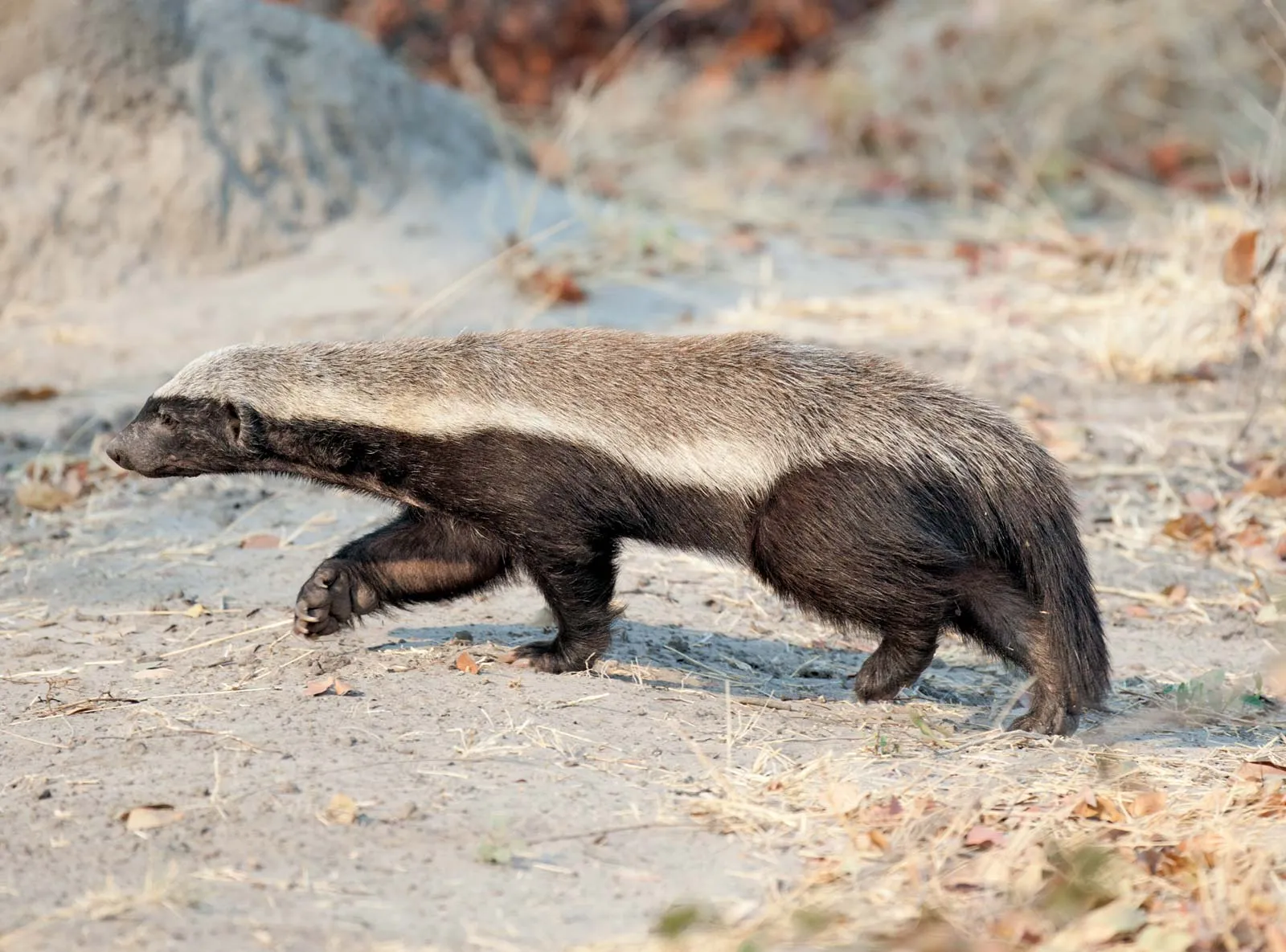
The Badger: A Burrowing Mammal with a Bold Reputation
mikephilipsforcongress.com – Badgers are stout, burrowing mammals known for their tenacity and distinctive appearance. Belonging to the family Mustelidae, which includes weasels, otters, and ferrets, badgers are remarkable creatures with specialized behaviors and unique adaptations. Found across various regions of the world, badgers have earned a reputation for being fierce defenders of their territory and homes. This article explores the characteristics, behaviors, habitats, and ecological significance of badgers.
1. What is a Badger?
Badgers are small to medium-sized carnivorous mammals that belong to the Mustelidae family. They are primarily nocturnal and burrowing animals, with stout, muscular bodies designed for digging. Badgers are known for their sharp claws, which they use to dig complex burrow systems, often referred to as “sets” or “hollers.”
Badgers are found in a wide range of environments, from woodlands to grasslands, and even in suburban areas. They are distributed across various parts of the world, with different species adapted to different climates and habitats. The most common species in Europe and North America is the European badger (Meles meles) and the American badger (Taxidea taxus).
2. Physical Characteristics of Badgers
Badgers have stocky, compact bodies and are generally low to the ground. Their short legs and broad, muscular shoulders give them a sturdy appearance, ideal for digging. They typically have a broad head with large, powerful jaws and sharp teeth designed for eating a variety of food sources, including insects, small mammals, fruits, and roots.
One of the most distinctive features of badgers is their facial markings. The European badger, for example, is known for its black and white striped face, which helps to distinguish it from other animals. The stripes may also serve as a form of camouflage or a method of communication between individuals.
Badgers have long claws on their front feet, which they use for digging intricate burrow systems. Their fur is thick and coarse, providing insulation from both the cold and heat, and their tail is short and bushy, adding to their distinctive appearance.
3. Badger Behavior and Social Structure
Badgers are generally solitary animals, especially outside of the breeding season. They are known for being territorial and will often defend their burrows from intruders. However, badgers can also exhibit social behavior, particularly in species like the European badger. European badgers often live in family groups, known as “clans,” which can include multiple generations of individuals. These clans work together to maintain their burrows and care for their young.
American badgers, on the other hand, tend to be more solitary and may only come together for mating. Despite their solitary nature, badgers are often seen in the wild during the nighttime, foraging for food and marking their territories.
Badgers are well-known for their burrowing abilities, creating intricate networks of tunnels and chambers. These burrows, called “sets,” are often quite large, with multiple entrances and sleeping areas. Sets provide badgers with protection from predators, as well as a safe place to raise their young. A well-established set can be used for years, with badgers maintaining and expanding their burrow system over time.
4. The Badger’s Diet and Hunting Techniques
Badgers are omnivores, though their diet is primarily carnivorous. They hunt a wide range of prey, from small mammals like rodents and rabbits to insects, earthworms, amphibians, and even birds’ eggs. European badgers are particularly known for eating large quantities of earthworms, while American badgers tend to focus more on hunting small mammals like prairie dogs, gophers, and ground squirrels.
Badgers are skilled hunters, using their keen sense of smell to locate prey underground or in burrows. They are powerful diggers, and their sharp claws and strong limbs allow them to dig rapidly and efficiently when searching for food. When they are hunting for burrowing animals, badgers will often use their strong front limbs to dig up soil and root out their prey.
Despite their carnivorous diet, badgers will also consume fruits, berries, nuts, and roots when available, particularly in the autumn months when they are preparing for hibernation. They are opportunistic feeders, willing to take advantage of whatever food is most accessible.
5. Badger Habitat and Range
Badgers are adaptable animals that can live in a wide variety of habitats. They are most commonly found in woodlands, grasslands, and heathlands, but they can also be found in more urbanized areas, particularly where there is access to food and shelter. Badgers typically dig their burrows in areas with loose soil, as this makes it easier for them to dig their extensive tunnel systems.
European badgers tend to live in forests, fields, and hedgerows, often selecting areas with plenty of cover to protect their burrows from predators. They are more common in rural and suburban areas, where their burrows can be found in hedgerows or beneath old buildings.
American badgers are more common in open prairies, grasslands, and deserts, where they dig burrows in the soft soil. They are often found in areas with abundant rodent populations, as these make up a large portion of their diet.
6. Badger Conservation Status
Badgers are generally not considered endangered, though some species and populations face threats due to habitat loss, road traffic, and hunting. The European badger, for example, is protected by law in many countries due to the species’ declining numbers in certain regions. However, badgers still face threats from habitat destruction and human activities, including farming and urban expansion.
In contrast, the American badger is relatively abundant and widespread, though certain populations may be affected by the decline of prairie ecosystems and agricultural practices. As with other burrowing animals, badgers are vulnerable to land development, as this can destroy their burrows or limit their access to food.
Conservation efforts for badgers focus on habitat protection, creating wildlife corridors to reduce roadkill, and preventing the destruction of burrowing sites. In some areas, badger populations have recovered thanks to legal protections and awareness campaigns.
7. Fun Facts About Badgers
- Badgers have very powerful jaws and teeth that allow them to crush bones and tear through tough skin.
- The European badger is known to live in social groups, whereas the American badger is generally solitary.
- Badgers are capable of running at speeds of up to 15 miles per hour over short distances.
- A group of badgers living together is called a “cete.”
- Badgers are known to mark their territory with a strong-smelling substance secreted from glands near their tail.
8. Conclusion
Badgers are fascinating, highly adapted creatures with unique behaviors and physical traits. Whether digging complex burrows or hunting small mammals, badgers are skilled survivors in a variety of environments. While their tenacity and fierce defense of their territory have earned them a reputation, badgers are crucial to maintaining the balance of ecosystems by controlling rodent populations. By protecting their habitats and ensuring their survival, we can continue to appreciate and learn from these bold and resilient animals.


